Feeding The City, One Meal At A Time
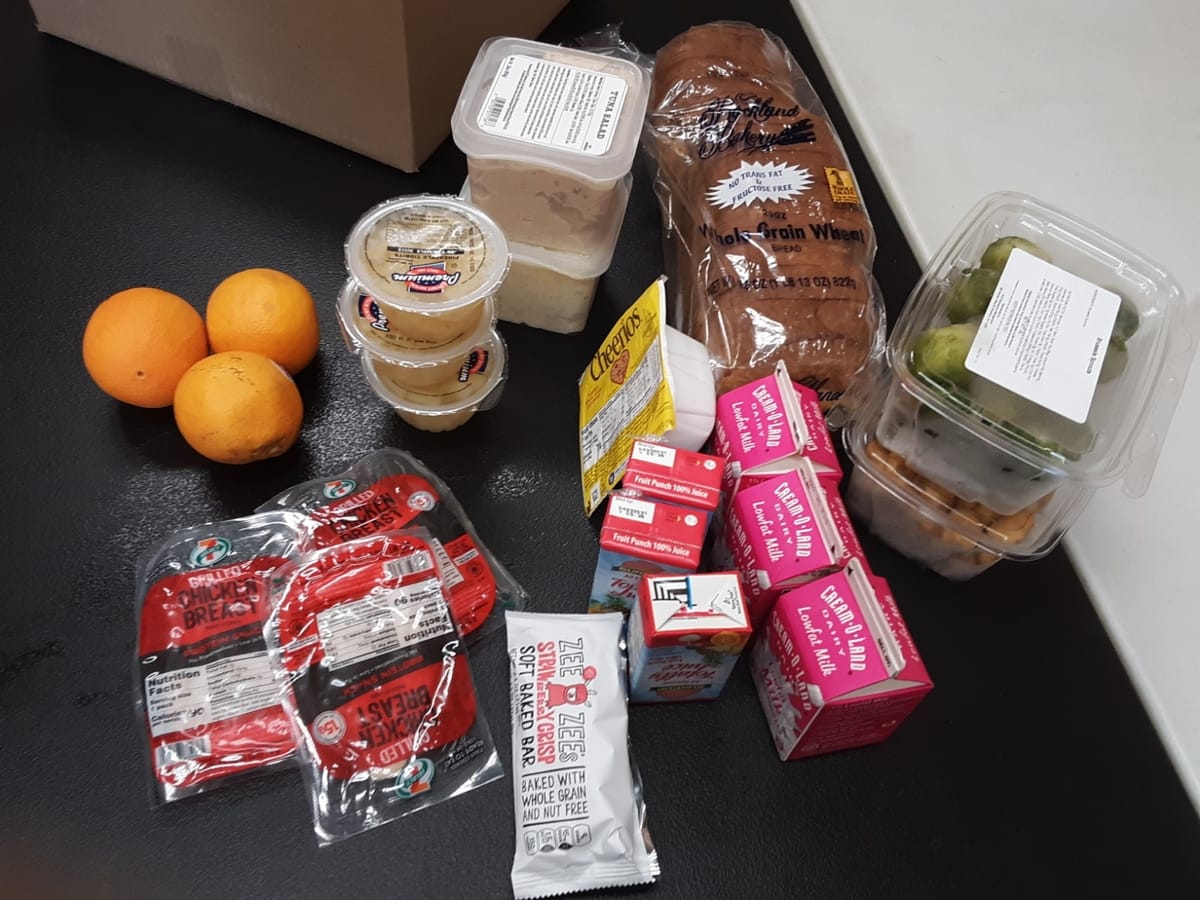
When the COVID-19 pandemic started, the City knew that feeding those in need was going to have to be a top priority. One in five city residents was food insecure before the pandemic, and the Mayor said in his press conferences that they expect about 2 million of the city’s 8.6 million residents to become food insecure as a result of the pandemic – that’s one in four New Yorkers.
New York’s food pantries began sounding alarms early on, citing an all-time high in demand in April. On April 15th, Mayor Bill de Blasio announced a $170 million plan to keep New Yorkers fed, including free meals for everyone given out at public schools and deliveries to seniors and residents of NYCHA housing.
Neighbors were some of the first to step up to help, organizing deliveries through mutual aid groups and local food pantries. Numerous nonprofit organizations and local restaurants have also stepped up to feed people in their areas.
As of May 19th, 13 million meals have been delivered to homes, and 30 million across all of the city’s programs, the Department of Sanitation says.
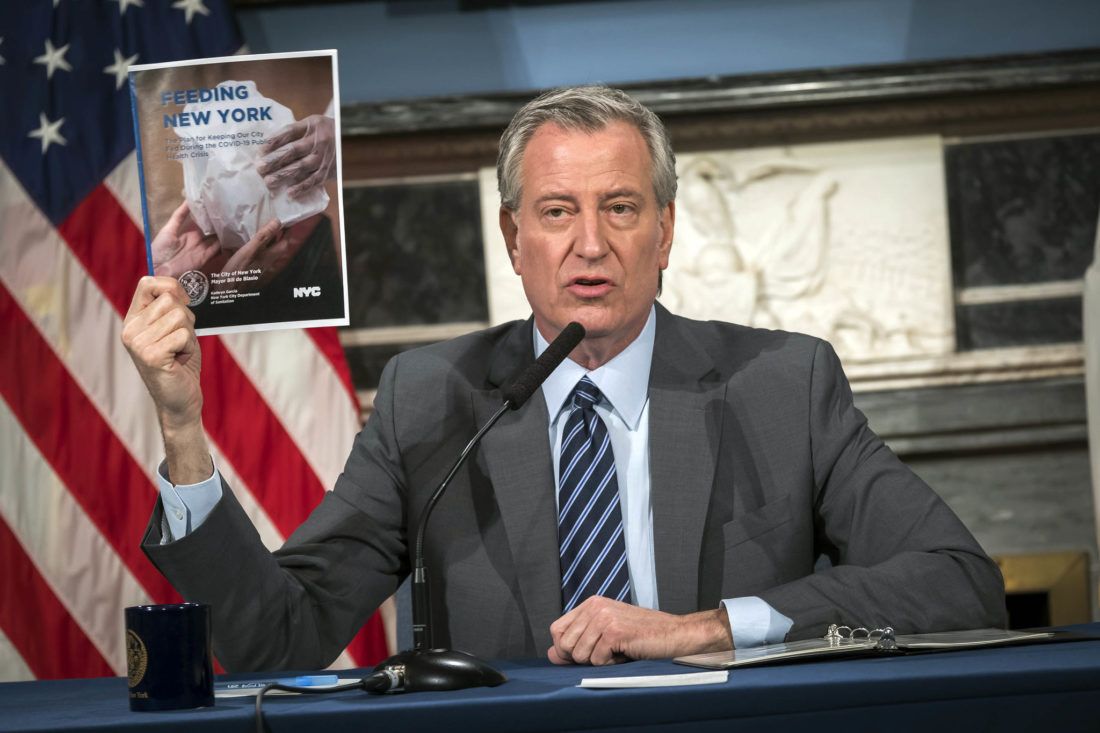
The meals the city distributes cost between $4 and $9 per serving, but the food, which is prepared in corporate kitchens, is typically not hot, Sanitation Commissioner Kathryn Garcia, whom the Mayor put in charge of feeding hungry New Yorkers, said in a press conference on May 11th.
There are over 500 sites at public schools for New Yorkers to get food, and Commissioner Garcia said that hundreds of thousands of meals are being delivered daily. In addition, the City is delivering meals to senior citizens residing in NYCHA buildings directly.
While the city’s food efforts are impressive, not all food is created equal. A reporter from Staten Island asked the Mayor about rotten food being distributed to the elderly, prompting the City to look into the quality of the distributions. While they’re grateful for the food they’ve been given, some NYCHA residents have claimed that the food offered resembles snacks. As far as we could find, no one in administration has asked those receiving the food what they’d like to get – ‘grab and go’ prepared meals or a bag of groceries.
The Assistant Commissioner for Public Affairs at the Department of Sanitation, Joshua Goodman told Bklyner in an email that the program would like to offer something like a questionnaire to ask those receiving food what they’d like to get. “[We] are looking into the possibility and logistics of reaching out to the tens of thousands of people receiving food,” Goodman said, adding that those with questions or problems are encouraged to reach out via 311.
As Bklyner reported on May 6th, Seth Weissman who has been organizing food deliveries from restaurants to neighbors in need was particularly concerned after being told that the meals being delivered by the City to the NYCHA location at 303 Vernon Avenue often resembled “snacks” rather than substantial meals. Garcia told CBS New York that the complaints have been minimal so far, but that they take them very seriously.
Residents at 303 Vernon Avenue are, on top of the pandemic, also dealing with the fact that they are entering their third month without working gas, and thus no stoves. According to long-time resident Elizabeth Marquez, the affected 576 residents have been distributed a single hot plate per apartment for the time being.
“It’s been months [without gas] and it’s ridiculous, because they give you one of those little hot plates— one. Do you know how long it takes to cook a full meal on that hot plate? I’m wondering why [they can’t] give us electric stoves,” Marquez said.
Marquez has lived in the building for over 38 years and is working through the pandemic as a home health aid. She and her husband, who she is also nursing through recovery from a heart attack, are the only two people in her household at this time. While she said that occasionally the meals provided by the city were “snack-like”, she also said that they receive a variety of foods like tuna fish, potato salad, vegetables, and tacos. The issue for her is that some days the portions are lacking and things can get repetitive, but she reiterated how grateful she is for what she’s been given.
“It’s actually very good food, it’s not nasty at all. The problem is we’re getting the same thing over and over,” Marquez said.
In a photo sent to Bklyner by Marquez, the meals given to her and her husband for three days included pre-packaged grilled chicken breasts, a container of brussels sprouts, three small cartons of milk, a loaf of bread, tuna salad, three oranges and some apple sauce, thee small juice containers, a bar and one single-serve pack of Cheerios.
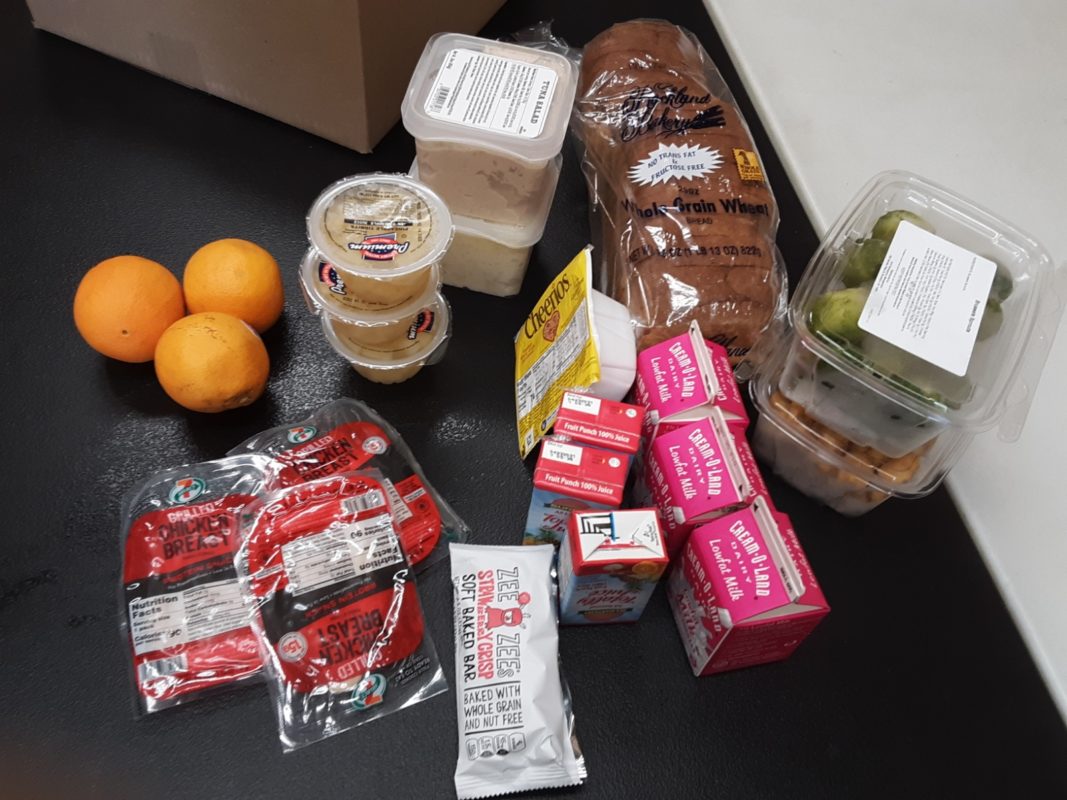
The city’s health guidelines for the meals given to seniors are shown below, whereas the guidelines for the food at schools are determined by the Department of Education.
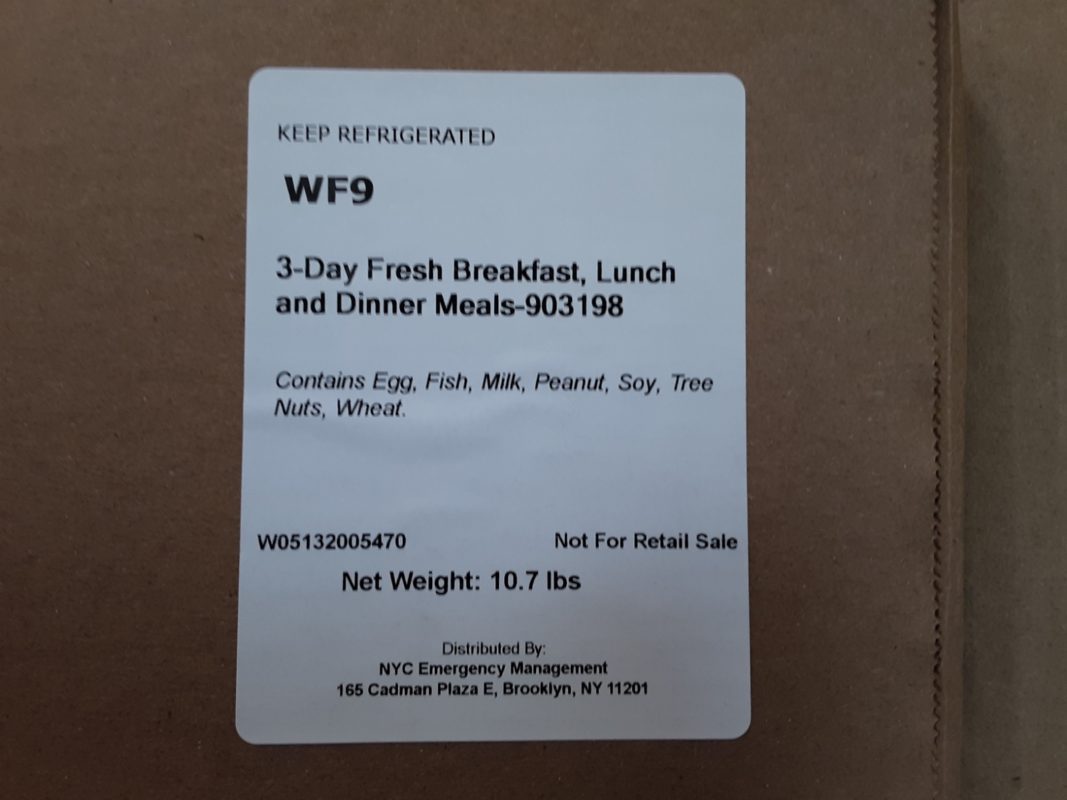
Meals delivered by partnerships like #REHasYourBack, who budgeted $8 per meal to allow them to include more proteins, are more often hot prepared foods made by local restaurants.
“They’re bigger portions… They’re different, for example, taco salad, spaghetti and meatballs, a variety. But it’s different sized portions and it comes from somewhere else as opposed to from here,” Marquez said of the food delivered from sources other than the City.
The photo below, from a #REHasYourBack delivery from Neuman’s Kitchen in Long Island City, shows a meal delivered to 303 Vernon.
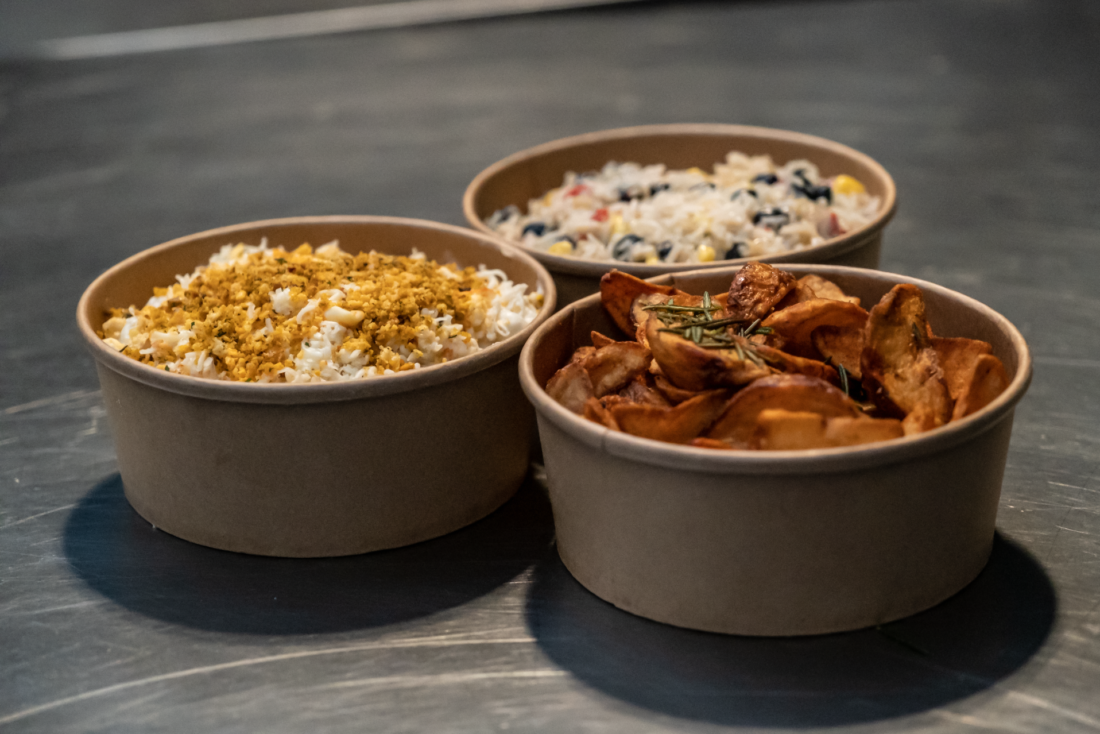
The undertaking of feeding this many hungry New Yorkers is immense, and all involved are working on tremendous levels of demand, estimated at over 2.1 million New Yorkers (up from 1 million) by the Department of Sanitation.The Food Bank of NYC also saw a 50% increase in those turning to their services, as many food banks staffed primarily by seniors were forced into closure.
The unprecedented nature of this crisis means that the roadmap is new and unweathered, and the City has said repeatedly that they are open to more partnerships and vendors as they figure out the best way to get through this storm.
Commissioner Garcia said that the city is not opposed to partnering with local restaurants to provide food, but that space and production capacity is often an issue, given that not many restaurants have corporate-sized kitchens. Vendors who are interested in participating in the GetFoodNYC program are encouraged to apply, here for for-profit entities, and here for non-profit. The program says they are always looking for more vendors.
| Food Group/Nutrient | Per Meal | Per Day | Per Box (9 meals) |
| Protein Minimum | 2 oz or equivalent | 6 oz or equivalent | 18 oz or equivalent |
| Fruit/Vegetable | 1 serving | 5 servings | 15 servings |
| Grain/Whole grains
Use of all whole grains is encouraged |
2 ounces | 6 ounces | 18 ounces; minimum 9 ounces are whole grain |
| Dairy
Use of low-fat dairy encouraged |
0-1 serving
(1 recommended) |
2 servings
(3 recommended) |
6 servings
(9 recommended) |
| Sodium | 500-800 mg | 1,500-2,300 mg | 4,500 – 6,900 mg |
| Calories | Minimum 600 calories per day not to
exceed 750 calories |
Minimum 1,800
Calories per day not to exceed 2,250 |
Minimum 5,400 calories not to exceed
6,750 |
Chart provided by the Department of Sanitation’s Joshua Goodman.




